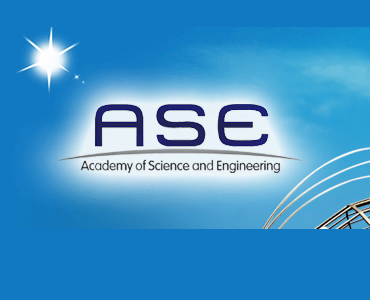Monobloc Le Fort III Distraction Osteogenesis for Correction of Severe Fronto-orbital and Midface Hypoplasia in Pediatric Crouzon Syndrome. F Hariri, LK Cheung, ZA Rahman, V Mathaneswaran, D Ganesan.
Date: February 2015. Source: The Cleft Palate-Craniofacial Journal. Abstract: In severe syndromic craniosynostosis, distraction osteogenesis (DO) provides superior segmental advancement and allows progressive clinical monitoring to ensure that adequate skeletal expansion is achieved. We report two cases of Crouzon syndrome involving a 3-year-old boy and a 4-year-old girl, who were both treated with monobloc Le…








